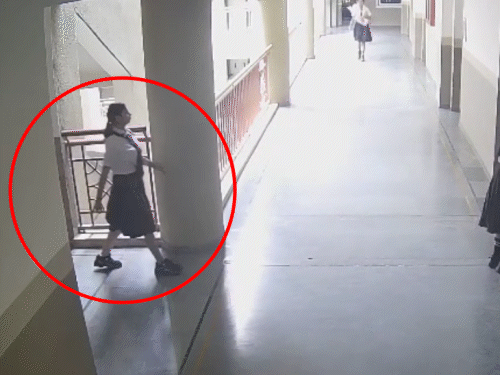Election Security Beyond Washington: How Local Officials Quietly Safeguard America’s Vote
While national debates dominate headlines, local election officials quietly handle the real work of U.S. election security, from staffing challenges to tech upgrades.

In the United States, election security often makes headlines in Washington, where federal lawmakers spar over voting rights, cybersecurity threats, and foreign interference. But what rarely reaches the spotlight is the quiet, painstaking work being done by local election officials — the county clerks, supervisors, and volunteers who ultimately make the democratic process function.
Behind the scenes, these local boards face challenges ranging from outdated voting machines and tight budgets to recruiting poll workers in small towns. While federal debates capture attention, it is these county-level officials who are left with the task of ensuring every ballot is cast and counted fairly.
The Front Line of Election Security
Election security in the U.S. is decentralized. Each of the nation’s 3,000-plus counties is responsible for running its own elections, including securing ballots, maintaining voting machines, and training staff.
Unlike in Washington, where security conversations focus on federal oversight, local election directors are dealing with day-to-day realities:
-
Aging voting systems that need upgrades.
-
Budget constraints that limit cybersecurity investments.
-
Recruiting and retaining poll workers, especially in rural areas.
-
Fending off growing threats of misinformation and intimidation.
As one county election supervisor in Pennsylvania put it: “We don’t have the luxury of just debating election security — we live it every single day.”
Technology Gaps That Rarely Make Headlines
While the Department of Homeland Security has designated election infrastructure as “critical,” many counties still rely on systems that are over a decade old. Some machines use outdated software that no longer receives security patches, making them vulnerable to cyberattacks.
A 2023 Brennan Center for Justice study found that more than 20% of U.S. election jurisdictions still depend on voting machines purchased before 2010. For local officials, upgrading these systems isn’t as simple as ordering replacements — it requires federal and state funding, which is often delayed or tied up in political debate.
Staffing: The Hidden Struggle
Beyond technology, staffing is a major challenge. Counties are responsible for recruiting poll workers, training them on equipment, and ensuring compliance with election laws. In many rural areas, the average poll worker is over 60 years old, raising concerns about long-term sustainability.
Counties like Maricopa (Arizona) and Fulton (Georgia) have invested heavily in training programs to attract younger volunteers, but smaller counties lack the resources to compete. The result is a patchwork system where election readiness varies dramatically across state lines — and sometimes even between neighboring counties.
The Cybersecurity Battle Few See
Cybersecurity threats to elections are often discussed at a federal level, but the real work is local. Counties are expected to defend voter databases and registration systems against hackers, yet many cannot afford dedicated IT staff.
The Cybersecurity and Infrastructure Security Agency (CISA) has stepped in to provide free scanning tools and training, but adoption varies. According to a 2022 GAO report, some counties don’t have the technical capacity to fully implement these protections.
As one Midwest election director noted: “We’re fighting 21st-century cyberthreats with 20th-century budgets.”
Public Trust and Transparency
Local officials also face increasing pressure from misinformation and public skepticism. In the wake of 2020, election workers across the country have been subjected to harassment, threats, and constant public scrutiny.
To rebuild confidence, counties have started investing in transparency initiatives:
-
Publicly testing voting machines before Election Day.
-
Posting real-time updates on ballot counting.
-
Hosting “open house” sessions where voters can see security measures firsthand.
These grassroots efforts rarely make national news, but they play a critical role in ensuring trust in local communities.
The Funding Dilemma
At the heart of many challenges lies a funding gap. Local election boards are often funded through county budgets, which compete with schools, roads, and healthcare. Without sustained federal investment, officials are forced to stretch limited dollars across expensive upgrades, training, and security enhancements.
Several advocacy groups have pushed for stable federal funding streams, arguing that secure elections are as critical as national defense. Until then, local officials continue to juggle the responsibilities with minimal resources.
Conclusion: The Unsung Guardians of Democracy
While national debates over election security continue in Washington, the reality is that America’s democratic process rests on the shoulders of thousands of local officials who rarely get recognition. They are the ones testing machines late at night, recruiting poll workers, patching software, and fielding calls from skeptical voters.
The next time election security dominates the headlines, it’s worth remembering that the true guardians of America’s vote are not only in Congress or federal agencies — but in county offices across the nation.
What's Your Reaction?
 Like
0
Like
0
 Dislike
0
Dislike
0
 Love
0
Love
0
 Funny
0
Funny
0
 Angry
0
Angry
0
 Sad
0
Sad
0
 Wow
0
Wow
0








































































